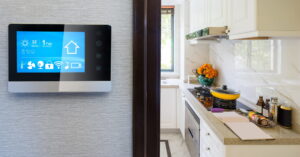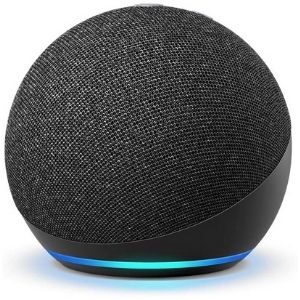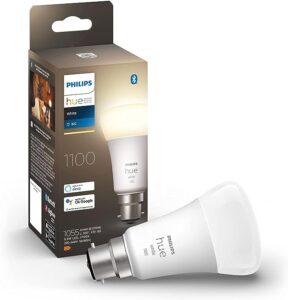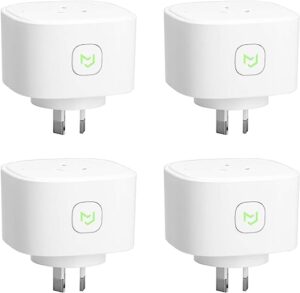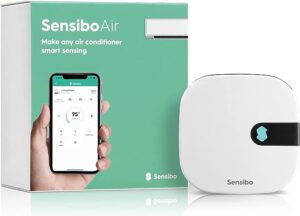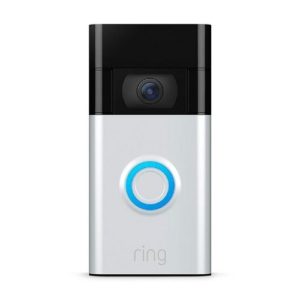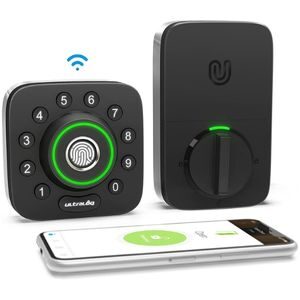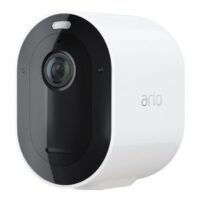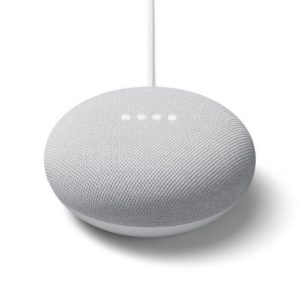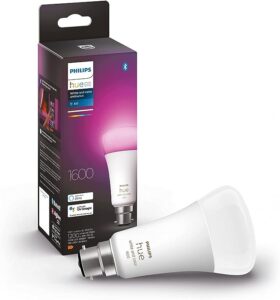A smart home's ultimate goal is devices working together to streamline your day. There are two ways to make your devices work for you: routines and automations.
Routines group device functions together under a single command—some companies call them scenes or shortcuts. This allows you to change multiple settings at once to skip the burdensome and slow process of using manual controls one by one on a smartphone app or smart speaker.
Scenes and routines are useful in two ways:
- To control multiple settings on a single device. For example, adjust a smart bulb to the right brightness and colour to set the mood as you curl up with a good book.
- To control multiple settings across a group of devices. A good example would be playing music from your smart speaker, increasing the brightness of lights, and turning down the thermostat for an exercise session.
While the process for creating routines, scenes, and shortcuts varies slightly from app to app, the steps are often universally easy:
- Find out where the app allows you to create routines.
- Select the device(s) you want to control.
- Adjust the device settings to your liking.
- Give the routine a simple or memorable name—especially helpful if you plan to activate it using a smart speaker.
- Try out your new routine to see if it's working correctly.
Automations use a cause/effect structure that allows devices to react automatically to changing conditions in your home. While they have a longer setup process and require more critical thinking than routines, they're the pinnacle of smart home convenience.
Setting up automation consists of two parts: choosing what activates the system and specifying how the system reacts. Here are some common triggers and actions you can mix and match in most smart home systems:
